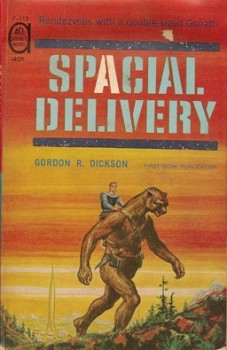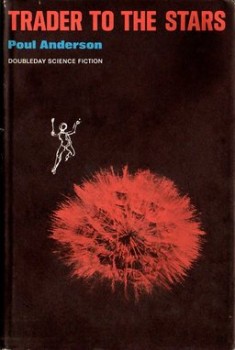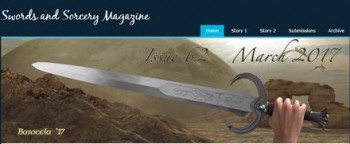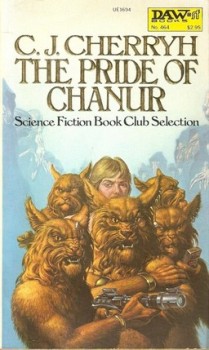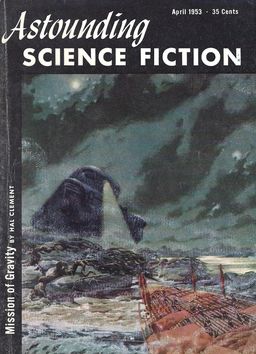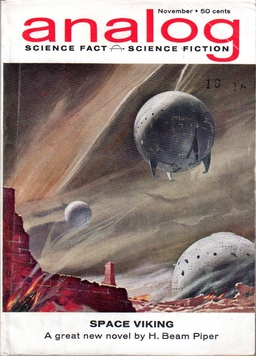Even More Metal on Metal: Swords of Steel Volume III
For the third time in two years, Dave Ritzlin has gathered metal musicians and got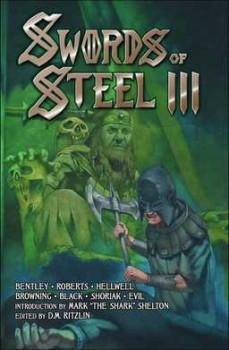 ten them to turn their talents toward full-throttle swords & sorcery. (My reviews of the previous two volumes are here and here). Unlike last year’s installment, which too often wandered astray, the brand new Swords of Steel Volume III is almost all S&S. Serious, skull-splitting, blood-spilling, adrenaline-pumping S&S.
ten them to turn their talents toward full-throttle swords & sorcery. (My reviews of the previous two volumes are here and here). Unlike last year’s installment, which too often wandered astray, the brand new Swords of Steel Volume III is almost all S&S. Serious, skull-splitting, blood-spilling, adrenaline-pumping S&S.
Following a short introduction by Mark “The Shark” Shelton (Manilla Road/Hellwell/Riddlemaster), the book kicks off with its best story — “Thannhausefeer’s Guest” by Howie K. Bentley (Cauldron Born/Briton Rites). I didn’t like his story “All Will Be Righted on Samhain” in the first collection, but I did like his “The Heart of the Betrayer” in the second.
The sole survivor of a ship sunk by enemy attack washes ashore, unconscious and suffering from amnesia, on a lonely island. When he first awakes, a woman in white whose name flickers at the edge of his memory, walks the beach beside him and tells him what he must do:
Rolling his head to one side, he glanced at her, his vision wavering in and out. Flaxen hair framed her pale-skinned classic beauty with high cheek bones and full red lips that seemed to have never smiled. Her icy blue eyes looked through him upon dim netherworld vistas far beyond the realm of man. She appeared familiar, but he didn’t know who she was. They had walked for only a moment when she languorously raised her right arm and pointed to the colossal citadel at the top of the hill in the distance. “You must go there,” she said in the monotone of a black lotus dreamer.
When he reaches the citadel he falls unconscious again. This time he comes to in a bed, still unable to recall his name, receiving medical attention from a beautiful, red-haired woman. Because he came from the sea, she names him Manannan after the ocean god.

